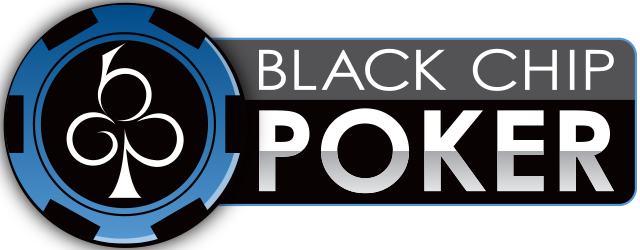
How to Read your Opponent when Playing Heads Up
Reading opponents is an important aspect of all forms of poker. The ability to accurately interpret your opponent’s actions and to put them on a hand (or range of hands) separates the great players from the merely good. The betting patterns of your opponent are an excellent way to narrow down their range of hands in a heads-up poker game. Any time you see a showdown you should go back through the betting rounds to gain an understanding of your opponent’s thought process. All but the very best players sometimes fall into predictable patterns of play – your task is to unlock these patterns to ‘read’the hands behind them.
Do you want to play heads up poker online? If so, we suggest you check out these top rated online poker sites - the best online poker sites for heads up games
The starting point for reading hands is heads up poker is to work out what your
opponent’s starting hand criteria are. The range of hands that people play go
from very tight to almost any-2 cards. Some opponents will play many more hands
from the button (in position) than from the big blind. While others will not
adjust their starting requirements for position. Once you have an assessment of
how many hands your opponent plays (20%, 40%, 50% etc) compare these to starting
hand charts to give yourself a good idea of the range of possible holdings.
The next step in narrowing down an opponents holding when playing heads-up is to
understand which of these starting hands they raise with and which ones they are
more likely to call (or complete / check the blind) with. There is one further
category of pre-flop hands – those that your opponent will re-raise with.
Remember to take notes on these hands as you go along, you never know when you
will meet the same opponent again.
Once you have an idea of your opponent’s pre-flop criteria you can begin to
combine this with their behavior after the flop. Some opponents are very
predictable here, betting when they hit the flop and checking or calling when
they do not. Others will always bet the flop regardless of whether they hit –
particularly when in position. An assessment of your opponent’s overall
post-flop tendencies will help narrow their range further. If a tight opponent
checks to you then go ahead and bet, he will raise any strong holding so you can
feel comfortable throwing away all but your best hands. Beware of aggressive
opponents who suddenly check a flop to you, they may be slow-playing a monster.
After opponent’s general pre-flop and flop patterns you can look one level
further – at the size of bets. Many players will bet certain amounts (relative
to the current pot) when they are strong, weak or on a draw. This underlines the
importance of working backwards through a hand after a showdown. The bet sizes
in addition to their frequency should give even more information about what hand
your opponent has.
The turn and river betting rounds are a further extension of the same principle.
Look out for opponents who will bet any flop but then check the turn when weak,
likewise for opponents who will bet the turn when checked to – since you have
shown weakness on the flop.
A read on an opponents hand is only useful if you act on the information gained.
If your opponent’s flop and turn bets are consistent with a draw, and that draw
does not come in on the river then you need to decide whether to bet into them
or allow them to bluff. If the flop is draw-heavy (2 of a suit for example) and
your opponents bets are consistent with a high-pair then you have the option to
call on the flop and bet right out if the 3rd suited card appears.






